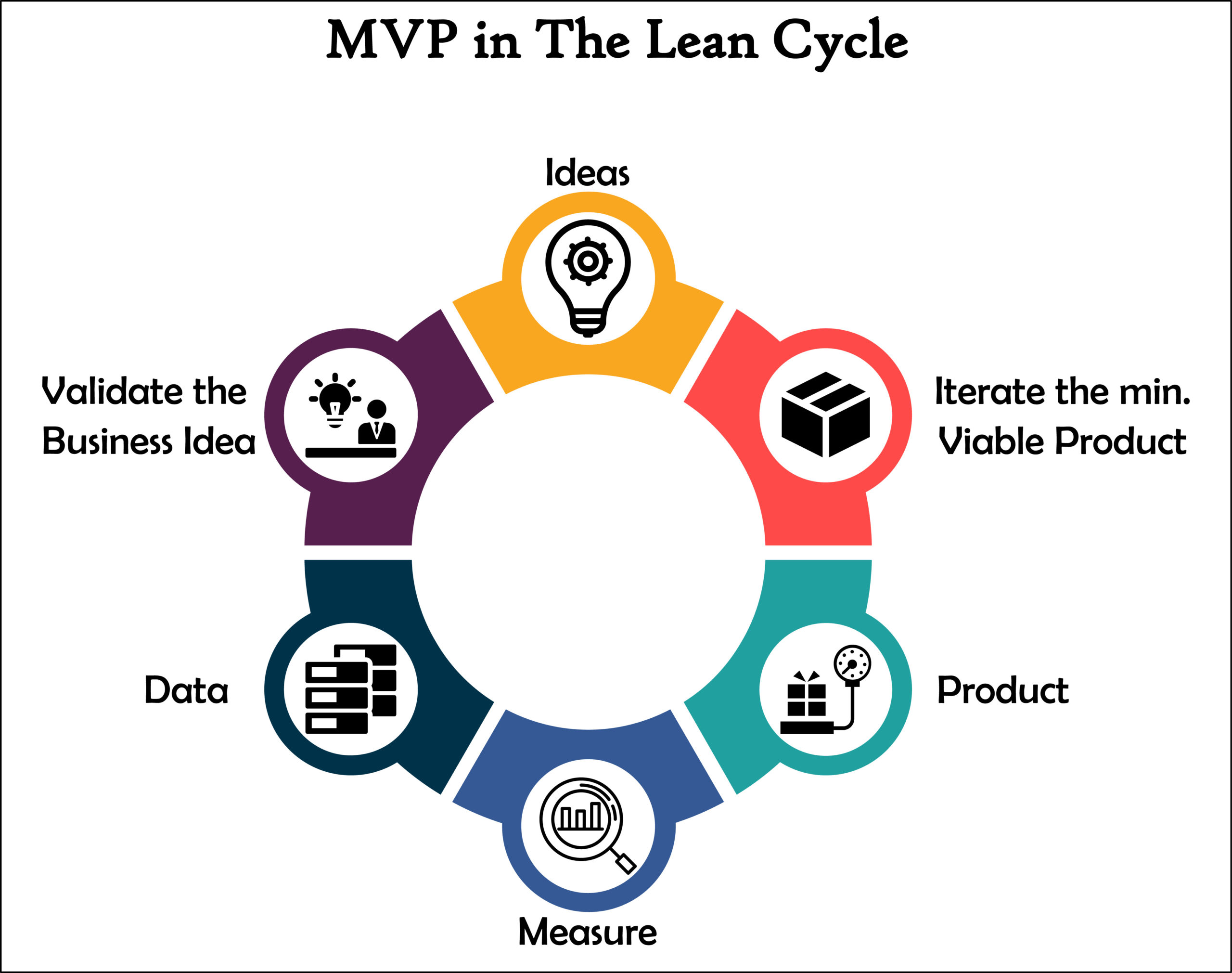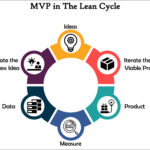Building an MVP and Securing Funding for Your Software Startup
In the dynamic landscape of the tech industry, launching a successful startup requires more than just a groundbreaking idea. It demands a strategic approach, meticulous planning, and the ability to adapt to ever-evolving market trends.
One effective way to kickstart your venture is by building a Minimum Viable Product (MVP) and subsequently securing funding to fuel its growth. In this guide, we'll delve into the essential steps, drawing inspiration from reputable sources, to help you navigate the challenging yet rewarding journey of creating an MVP and raising capital for your software startup.
Understanding the MVP Concept: A Foundation for Success
1. Define Your Vision and Objectives
Before diving into the technical aspects of building an MVP, it's crucial to have a clear understanding of your vision and business objectives. Identify the core problem your product aims to solve and define the unique value proposition that sets it apart from existing solutions. This clarity will guide the development process and serve as a benchmark for success.
2. Market Research: Know Your Audience
Conduct thorough research to identify your target audience, understand their needs, and analyse competitors. This knowledge will inform feature prioritization and user experience design, ensuring your MVP resonates with your potential users.
3. Prioritize Features Wisely
An MVP is not about incorporating every possible feature but about delivering the core functionality that addresses your users' pain points. We emphasize the importance of prioritizing features based on their impact on solving the identified problem. This approach allows you to create a lean, focused product that can be developed and launched quickly.
4. Develop a User-Centric Design
User experience is paramount in the success of any product. We rightly advise startups to create an intuitive and user-friendly design for their MVP. Focus on simplicity and functionality to ensure that users can easily navigate and derive value from your product.
Building Your MVP: A Step-by-Step Guide
1. Choose the Right Development Approach
We suggest that selecting the appropriate development approach is critical for your MVP. Depending on your requirements and budget, you can opt for in-house development, outsourcing, or a combination of both. Each approach has its advantages, and careful consideration is necessary to make an informed decision.
2. Develop a Prototype for Validation
Prototyping is a valuable step in the MVP development process. Create a basic version of your product to validate its concept with potential users. We emphasize the need for user feedback at this stage, as it can provide invaluable insights for refining your MVP before investing significant resources.
3. Agile Development Methodology
Adopting an Agile development methodology, allows for flexibility and adaptability during the development process. Regular iterations and feedback loops enable you to make quick adjustments, ensuring that your MVP aligns with user expectations and market demands.
4. Test and Iterate
Testing is an integral part of the MVP development cycle. We advise conducting rigorous testing to identify and address any bugs or issues. Additionally, use the feedback gathered during testing to make iterative improvements. This continuous feedback loop is crucial for refining your MVP and enhancing its overall quality.
Securing Funding for Your Startup: A Strategic Approach
1. Prepare a Solid Business Plan
Investors are more likely to support startups with a well-defined and realistic business plan. As We suggest, your plan should outline your market analysis, target audience, revenue model, and growth strategy. A comprehensive business plan demonstrates your commitment and vision, increasing your chances of attracting investors.
2. Bootstrap Initially
We recommend bootstrapping as a viable option, especially in the early stages. By using your own funds or revenue generated from initial product sales, you can demonstrate the viability of your business model and gain a stronger negotiating position when seeking external funding.
3. Seek Angel Investors and Venture Capital
We rightly highlight the significance of angel investors and venture capital in scaling a startup. Angel investors are often individuals who provide capital and mentorship to early-stage startups. On the other hand, venture capital firms invest larger sums in exchange for equity. Tailor your pitch to align with the expectations and interests of potential investors.
4. Leverage Crowdfunding Platforms
In the digital age, crowdfunding platforms have emerged as a popular avenue for raising capital. Platforms like Kickstarter and Indiegogo allow you to showcase your MVP to a broad audience and secure funding directly from interested backers. We emphasize the importance of creating compelling campaign content to capture the attention and support of potential backers.
5. Network and Attend Industry Events
Building connections within the industry is a valuable strategy for attracting investors. Attend conferences, networking events, and startup competitions to showcase your MVP and make meaningful connections. These events provide opportunities to pitch your startup, receive feedback, and establish relationships with potential investors and partners.
Conclusion: Navigating the MVP Journey Successfully
Building an MVP and raising funding are pivotal milestones in the life of a software startup. By incorporating the insights and recommendations from customers, you can navigate these challenges with confidence and increase your chances of success. Remember, the journey is as important as the destination, and by staying agile, user-focused, and strategic, you'll be well on your way to turning your vision into a thriving reality. Create your MVP with us.
To understand the top benefits of the MVP, please go through our blog here.
Good luck on your entrepreneurial journey!





